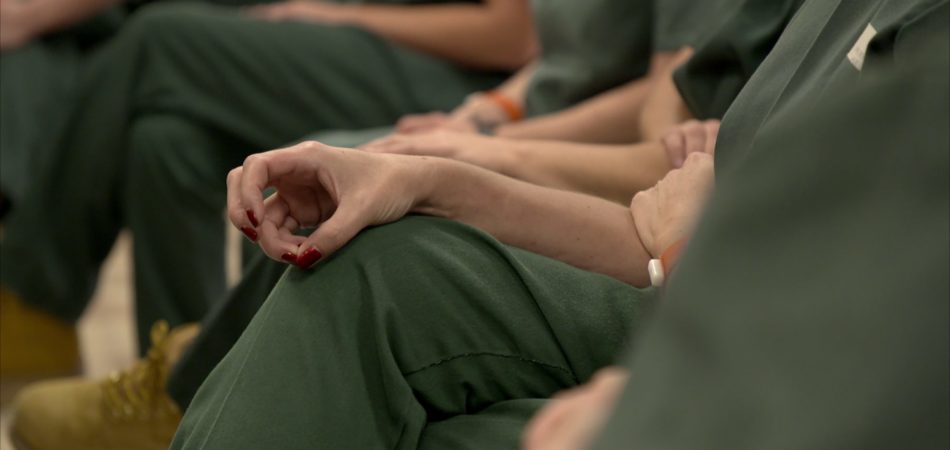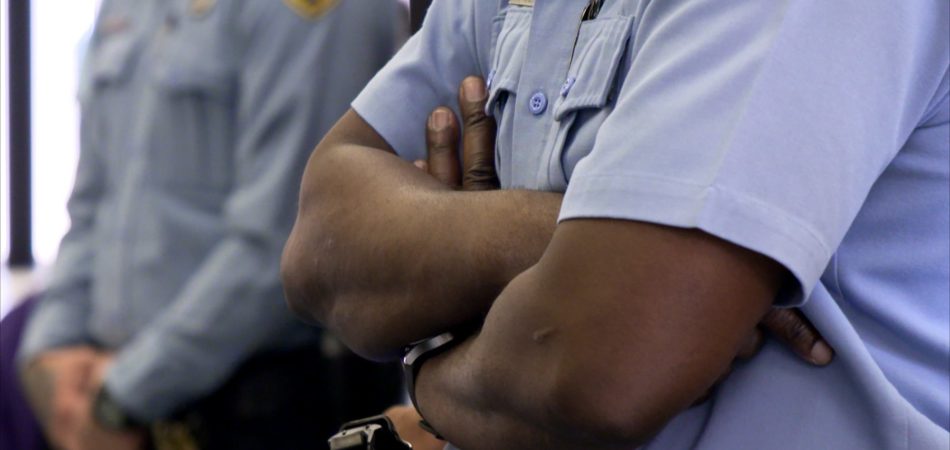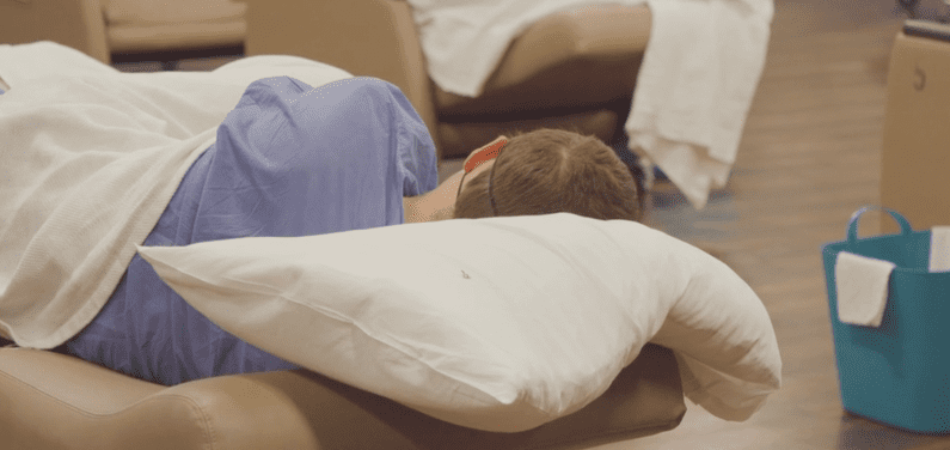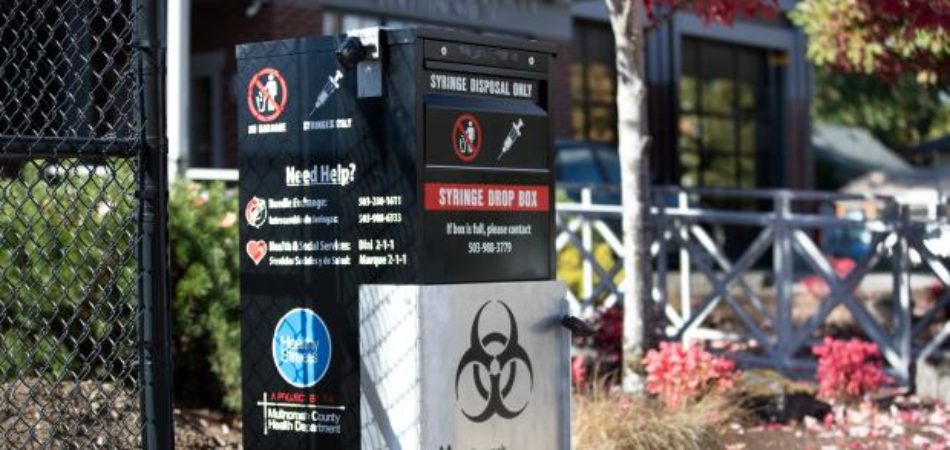The Impact of Probation and Parole Populations on Arrest in Four California Cities
On January 22, 2013 the Council of State Governments Justice Center released The Impact of Probation and Parole Populations on Arrests in Four California Cities. The unprecedented study answers one question that to date has been a matter of speculation among law enforcement and corrections officials everywhere: to what extent do people on probation and parole contribute to crime, as measured by arrests?
The chiefs of the Los Angeles, Redlands, Sacramento, and San Francisco Police Departments commissioned the analysis in 2010. Collecting and analyzing the data required an extraordinary effort spanning 11 independent agencies, including four local police jurisdictions, county law enforcement and probation agencies, two county sheriffs’ departments and the California Department of Corrections and Rehabilitation (CDCR). Researchers at the CSG Justice Center collected and matched more than 2.5 million arrest, parole, and probation records generated between January 1, 2008 and June 11, 2011.
Among the most notable findings in these four jurisdictions:
- The majority of all adult felony and misdemeanor arrests were of people who were not currently under supervision. People under supervision accounted for only 22 percent of total arrests.
- Whereas people under probation and parole supervision accounted for one out of every six arrests for violent crimes, they accounted for one out of every three drug arrests.
- During a 3.5 year period in which total arrests fell by 18 percent, the number of arrests involving individuals under parole supervision declined by 61 percent and by 26 percent for individuals under probation supervision.
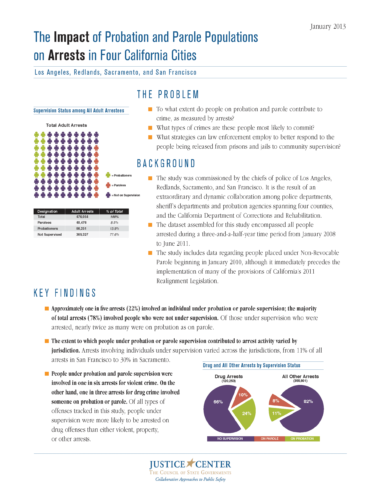
 New Hampshire Continues Justice Reinvestment Effort to Improve Conditions for People Who Are High Utilizers of Criminal Justice and Behavioral Health Systems
Read More
New Hampshire Continues Justice Reinvestment Effort to Improve Conditions for People Who Are High Utilizers of Criminal Justice and Behavioral Health Systems
Read More
 New Hampshire Commission Reviews Final Policy Recommendations to Reduce Reliance on Incarceration as Part of Justice Reinvestment Initiative
Read More
New Hampshire Commission Reviews Final Policy Recommendations to Reduce Reliance on Incarceration as Part of Justice Reinvestment Initiative
Read More
 Three Things to Know About New Jersey’s Groundbreaking Community Response Legislation
Three Things to Know About New Jersey’s Groundbreaking Community Response Legislation
In response to growing calls for police reform in New Jersey, particularly following the shootings of Najee Seabrooks and Andrew Washington in March and August 2023, a coalition of law enforcement officials, mental health professionals, and community advocates partnered to explore public safety response alternatives.
Read More